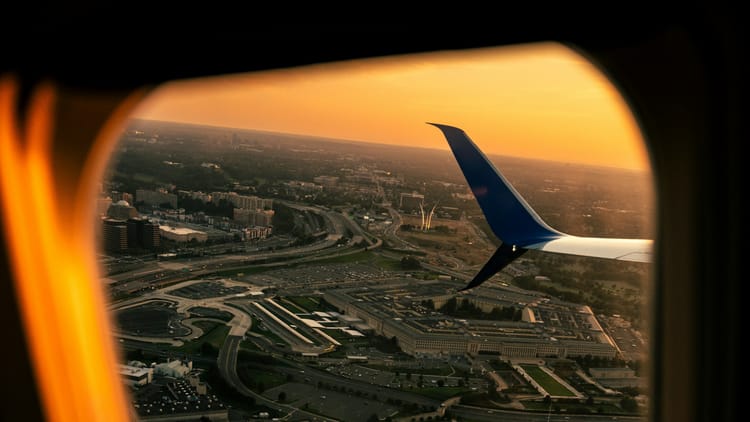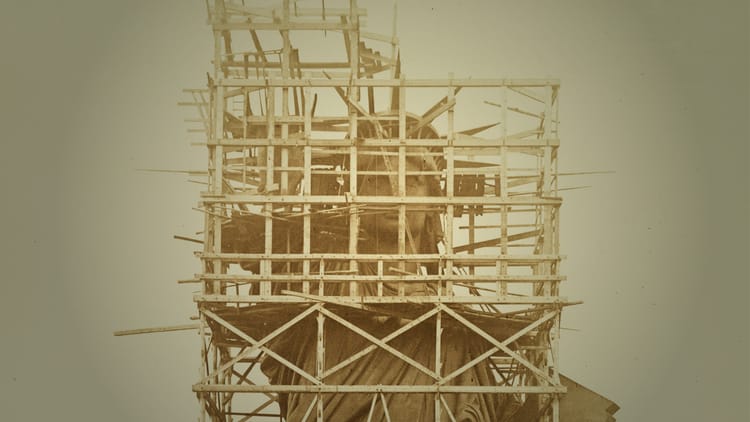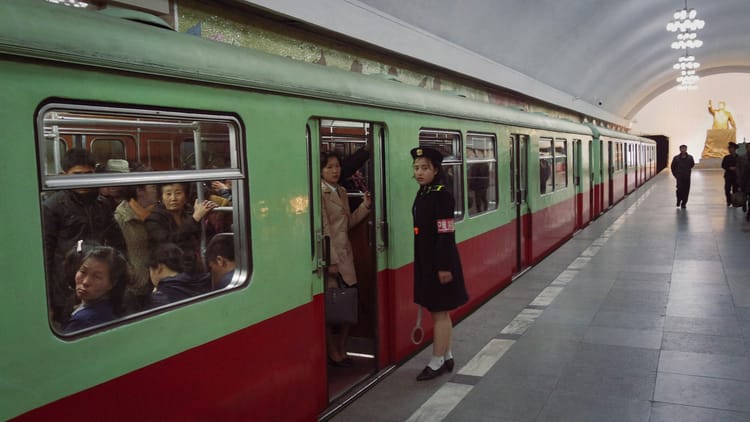Only connect
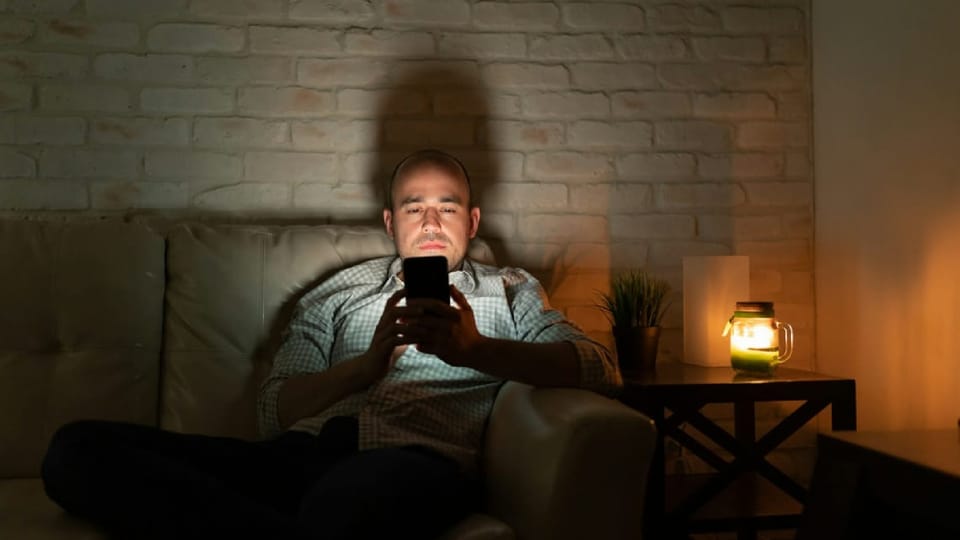
Each morning, tens of millions of Americans get out of bed and move a yard or three to their desk. They then sit in front of their computer, working from home, eating breakfast and lunch while staring at their screen. After work, few head to happy hour with colleagues but eat at home again and watch Netflix or something else on a screen. Whole days can pass without talking to someone in person.
People in the United States are, data shows, very lonely. It’s gotten so bad that the former U.S. Surgeon General Vivek Murthy says Americans are suffering from a “loneliness epidemic.” They have fewer friends than they used to: In 1990, only 3 percent said they didn’t have a close friend; by 2021, 12 percent said they didn’t. And Americans don’t just have fewer friends; they spend less time interacting with other people altogether. Today, most give only about 34 minutes a day to genuine human connections.
When people have no one to turn to, they’re more likely to experience anxiety and depression. The risk of stroke increases by 32 percent; the risk of heart disease, by 29 percent; and dementia, by 50 percent. Literally, loneliness kills.
What’s going on?
Milena Batanova is the director of research and evaluation for the Harvard Graduate School of Education’s Making Caring Common Program. Batanova says Americans are spending more and more time on their own partly because they want to: When you ask commuters if they’d like to talk with other people on their way to work, they mostly decline—even though there’s good evidence that they like it when they try it. But this kind of voluntary withdrawal from social life, Batanova says, can slip into involuntary isolation over time, as people convince themselves that they can’t handle—or don’t really want—social interactions.
And helping people out of loneliness can be hard. In part, that’s because they tend to think of loneliness as a single thing: a lack of human connection. Even public-health officials tend to think this. But Batanova says it’s more a cluster of experiences. It’s not just about how much time you spend with other people or how many friends you have; it’s also about having a sense of belonging to a collective and feeling you have a purpose in life. But because loneliness isn’t a single problem, there isn’t a single solution for it …
Gustav Jönsson: What patterns are you seeing with loneliness in America?
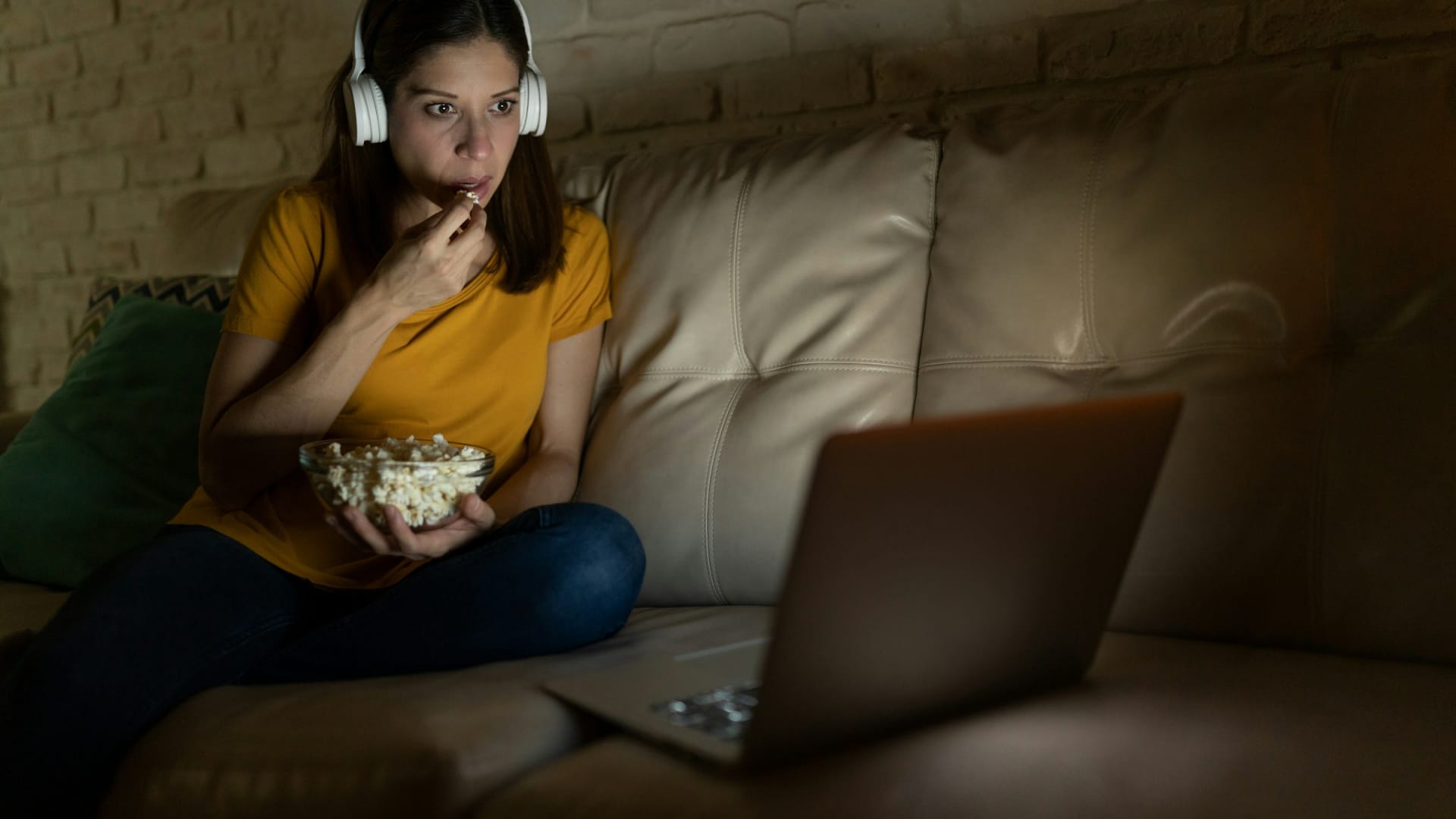
Milena Batanova: Three come immediately to mind.
The first is that, contrary to popular myth, loneliness is not mainly a problem for older people. In fact, younger and middle-aged adults are most at risk. Last year, I worked on a survey where almost 30 percent of 30- to 44-year-olds reported serious loneliness. These people said they felt lonely “always,” “almost all of the time,” or “often” during the past 30 days. Thirty percent is a pretty big chunk of the population.
And among 18- to 29-year-olds, 24 percent fell into this category. By contrast, only about 10 percent of those 65 and over did.
Which relates to the second pattern: People spend significantly more time alone now than they used to. Of course, spending time alone doesn’t necessarily mean that you’re lonely. But it’s a striking trend, especially because the people who report high rates of loneliness are the people spending more time on their own. We should be careful about saying being alone causes loneliness—though it seems very likely that being on your own a lot can reinforce the feeling of loneliness.
The third pattern: The loneliness people are experiencing isn’t just one thing; it’s many. It’s not one general experience; you can think of it as a constellation of experiences. Loneliness has social, emotional, and, you could say, existential dimensions.
Jönsson: What do you mean, existential?
Batanova: You might not feel you have a purpose in life. Or you might feel you’re not fully connecting with other people. About a quarter of adults say they don’t feel like their place in the world matters. Young men are especially at risk; they tend to have more nihilistic views of life.
People spend significantly more time alone now than they used to.
About 34 percent of the people in our survey said they don’t feel part of a community. And something like a quarter said they lack friends or family who can give them close emotional support. And it’s really important to realize that these are distinct dimensions; they overlap and interact, but they’re not the same thing. If we want to do a better job of understanding people’s experiences of loneliness—and tailor and target interventions to help them—it’s important to understand this.
Jönsson: Would you say there are other groups who’re disproportionately lonely?
Batanova: Lower-income people. It costs money to do social things, even just to see friends. And lower socio-economic status—meaning lower incomes and levels of education—often exacerbates poor mental health, which, we know, correlates highly with loneliness.
There’s also some evidence that people in cities are lonelier than those in the countryside. That might seem paradoxical, because if you’re living in a city you’re surrounded by other people. But urban life can be very isolating. Everyone’s busy, it’s hard to see other people, and it’s very fast-paced. In rural communities, there might be fewer people, but they’re more tightly knit. They have more time to socialize—or they make more time for it.
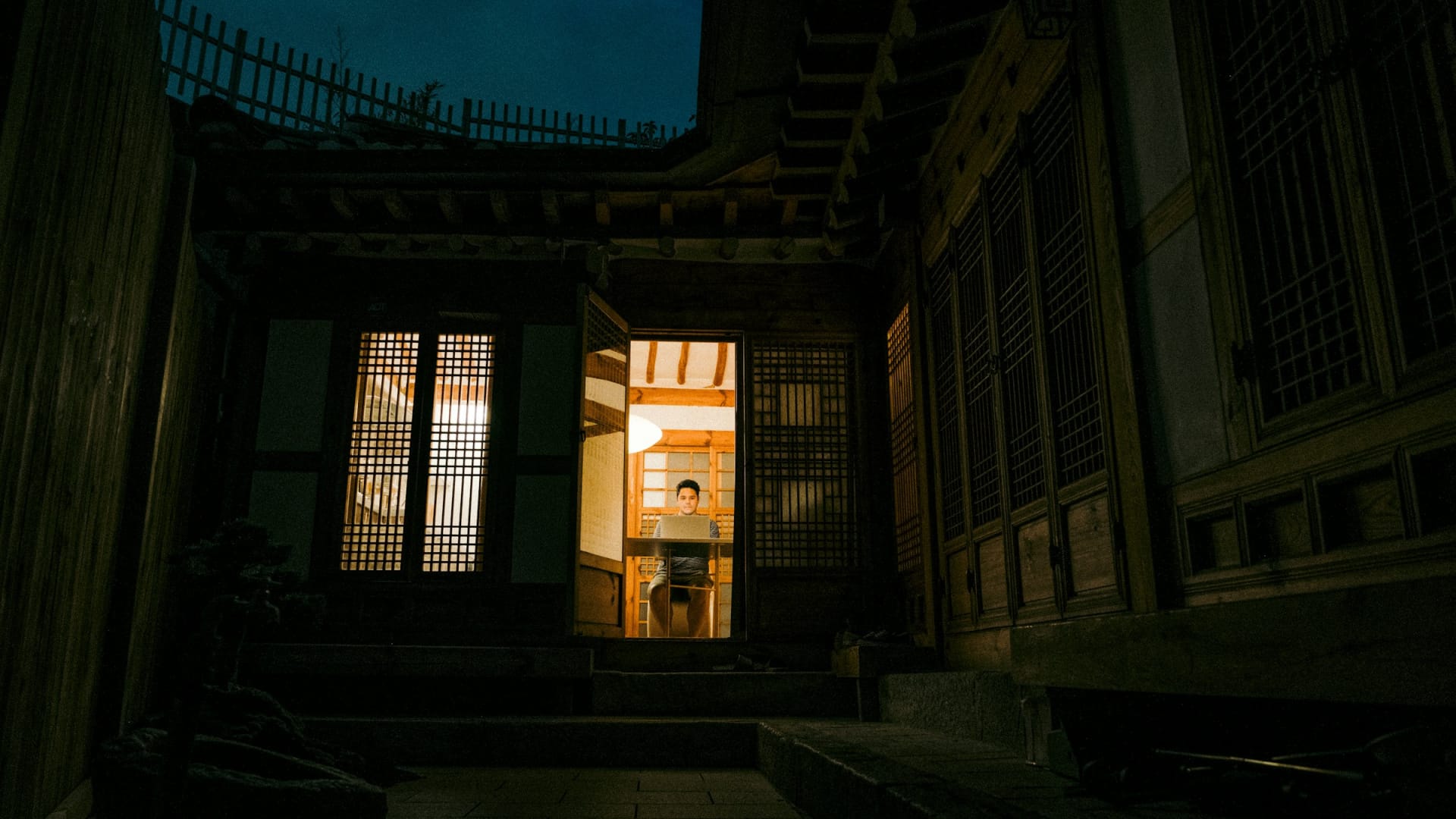
Jönsson: Why would loneliness be increasing?
Batanova: Well, it’s important to note, researchers use so many different measurements that it’s really hard to identify causes across different studies. That said, there was a very impressive study in 2021 that amassed more than 40 years of data from more than 300 studies. They used the UCLA Loneliness Scale, which is the most widely used scale to assess loneliness—though I should add, I think it misses out on some of the emotional and existential aspects.
At any rate, the study found a modest but significant increase in loneliness among young adults. The researchers couldn’t establish clear causality, but they said three things seemed behind it: fragmentation of relationships, technology, and people’s changing life experiences.
That matches up with evidence from elsewhere. In our study last year, for example, we asked people what contributes to loneliness in America, and the most cited issues were, in order: technology causing people to be distracted from in-person interactions; families spending less quality time together; working too much, being too busy, or being exhausted; mental health hurting relationships; and living in an individualistic society.
For young adults, however, the order was a little different. They believed the main drivers of loneliness were: mental health hurting relationships; working too much; technology; people lacking relationship skills; and living in an individualistic society. My point is that most people cited technology, but young people thought poor mental health contributes more to loneliness than technology does.
Young men are especially at risk; they tend to have more nihilistic views of life.
Jönsson: What do they mean by “individualistic society”?
Batanova: That we live in a society too focused on individual well-being, success, and competition.
Jönsson: Are there similar patterns in other countries?
Batanova: Back in 2018, researchers in the United Kingdom created the BBC Loneliness Experiment, which surveyed 55,000 people from around the world. And it showed that many of the patterns in America are in other countries, too. Men are more at risk than women. Younger people are more at risk than older. There’s some evidence, though, that loneliness might be higher in individualistic than in collectivist societies.
Jönsson: How do you interpret the change in reports of loneliness over time?
Batanova: Some researchers say changes in American society since the 1950s—like the spread of television—explain the decline in American community life. People used to join clubs, like bowling clubs, but now they’re bowling—or more likely, watching Netflix—on their own.
I’m not sure the current period is unique. People freak out whenever there’s a social or technological change, like after the introduction of TV in the 1950s or, more recently, with social media. They think it means the demise of society, when it might in some ways benefit us. Still, I’d say, it does seem like people are retreating from social life more now than in the past. People watched a lot of TV when it first came out, but they still gathered to watch together. I’m not sure people are watching TV as part of a group anymore. It seems we’ve retreated even from that.

Jönsson: As if some of us might be losing the feeling of belonging to a collective?
Batanova: Yes. Something like that could very well be happening. People often no longer feel they’re needed. For example, the researcher Richard Reeves has studied men and boys, and he believes that men are feeling less needed now than in the past—they feel like other people don’t truly care for or depend on them.
Today, our focus is so limited. I wonder how many people feel like they constantly have to vie for attention—like they have to have something especially interesting to say just for others to listen. That’s not how it should be, but I wonder if this is what’s happening. It might not be just that we spend more time on our own, but that the nature of our interactions has changed—so that even if we’re together, it no longer gives us the same sense of meaning it once did.
Jönsson: What kind of consequences is all this having?
Batanova: You might have heard the statistic that loneliness is as dangerous as smoking 15 cigarettes a day. It’s linked to all sorts of physical problems and ailments: heart disease, stroke, dementia, and early death. It’s also highly correlated with anxiety and depression. From a public health perspective, the consequences are very dire.
Social connection in whatever form is good for us. And yet over and over, we see people shying away from it.
Jönsson: Daniel Cox has said here in The Signal that loneliness isn’t just linked to health problems but might also be connected to changes in American life more broadly: Lonely people are more likely to have low levels of interpersonal trust, trust in institutions, and so on. What do you make of that?
Batanova: To an extent, I see this as a chicken-and-egg question: Are people lonely because they’re distrusting, or are they distrusting because they’re lonely?
That said, I do think loneliness is more a social than an individual problem. It’s a reflection of American society. Which might sound like bad news for American society, but when we asked people who they blame for loneliness, they usually blamed society and not the people suffering from it. We gave respondents three options, and they could choose as many as they wanted: Do they blame loneliness on lonely people themselves, people in general, or “our society”? About 65 percent of people blamed “our society”; 60 percent blamed people in general for being “too focused on themselves or their small circles”; and just 40 percent blamed lonely people themselves.
There’s a general consensus that we’re in this together. We need to help each other out. But the question is, are we willing and able to do that?
Jönsson: Are we?

Batanova: A lot of folks seem unwilling to talk to new people. A really good example is Nicholas Epley’s study on interactions with strangers. He looked at people’s experiences of commuting by train. He asked them, Would you rather ride the train alone or talk to a stranger? Not surprisingly, most people said they wanted to be alone. Talk with strangers? That’d be super awkward. No, thank you. But when he told one group to talk to a stranger and told the other group to be alone, the group that talked to a stranger was actually much happier afterward. They felt more connected and enriched by the experience. So even random, small moments of social connection can be very good for our health and well-being. We see this in studies, over and over. Social connection in whatever form is good for us. And yet over and over, we see people shying away from it.
Jönsson: Why?
Batanova: They have preconceived notions. They think others don’t want to talk to them. They often say they don’t feel comfortable sharing their true selves with others. But why? You might think it’s because they don’t want to be vulnerable, but that’s not what we’ve found in our research. Most people say they do want to share, but they don’t think others care enough about them to listen. And in some cases that assumption might be justified. We’ve all probably had many interactions where we could tell that the other person wasn’t really listening, wasn’t asking any questions, or had checked out of the conversation. The more that happens, the more you’re going to believe that that’s just what people are like.
You reinforce your loneliness even as you’re trying to protect yourself from it.
You basically begin to build a narrative that no one cares about you. And the lonely brain has a way of reinforcing and twisting narratives of loneliness. Narratives like, People don’t show up for me, so what’s the point of showing up for them? While some of those experiences might be real, the more you tell that to yourself, the truer it seems.
Narratives like that serve to protect us—it’s a self-preservation mode kicking in—but if we’re endlessly reinforcing them, they create a negative cycle. You reinforce your loneliness even as you’re trying to protect yourself from it. In the end, occasional feelings of loneliness might eventually become chronic. You might even start to push people away so that it’s no longer just a subjective feeling of isolation but a very real isolation.
And I don’t think there are systems in place to help people identify those feelings early, whether at the doctor’s office, at school, or in their communities more broadly. We just don’t have a good safety net for loneliness.
Jönsson: What do you think people do about it?
Batanova: The former U.S. Surgeon General Vivek Murthy talked about four things: reaching out to other people; building stronger connections with ourselves; striving for understanding with other people; and lastly, helping others and being helped ourselves. And in our report last year, we found something similar.

We asked what people thought would help reduce loneliness: 83 percent said taking time each day to reach out to a friend or family member; 80 percent said learning to love themselves; 77 percent said learning how to be more forgiving or positive towards people; and 75 percent said finding ways to help others.
It seems counterintuitive to tell lonely people to reach out, because that’s what they’re struggling with: Loneliness can be really paralyzing. So it is up to people who aren’t lonely to be the ones who reach out. Make sure you show up for others. Take note of who you’ve been in contact with and who you haven’t recently. Don’t just stick to your own small circles, though it’s easy to do.
I’ve seen other loneliness researchers recommend that we give up our expectations or be more “realistic.” But I don’t think that’s right, because in many cases, it’s totally realistic to expect that a friend you thought was a good friend should care about you. It’s totally realistic to expect that they should want to know what’s going on in your life. And if you get the sense that they’re not, I’m not sure the right recommendation is to say, You can’t expect too much.
Not everyone can be your good friend or close confidant. You’ll want to figure out who you can trust—the rest, take them as they are. But I don’t think that means lowering expectations; it just means managing them.


